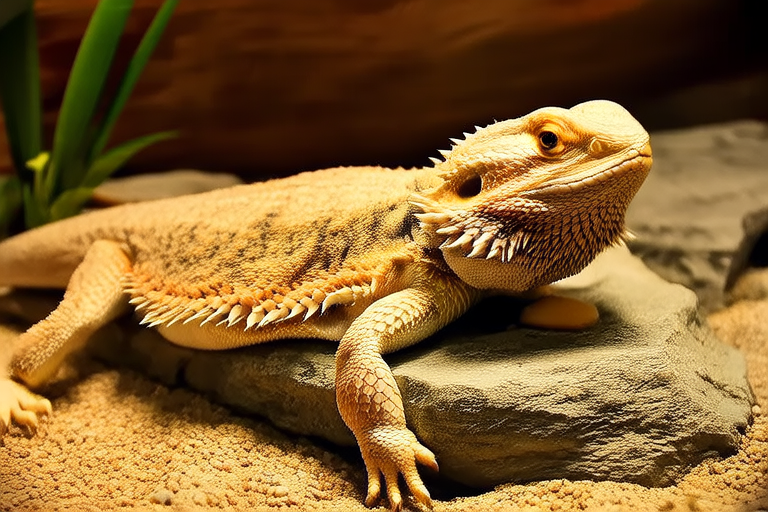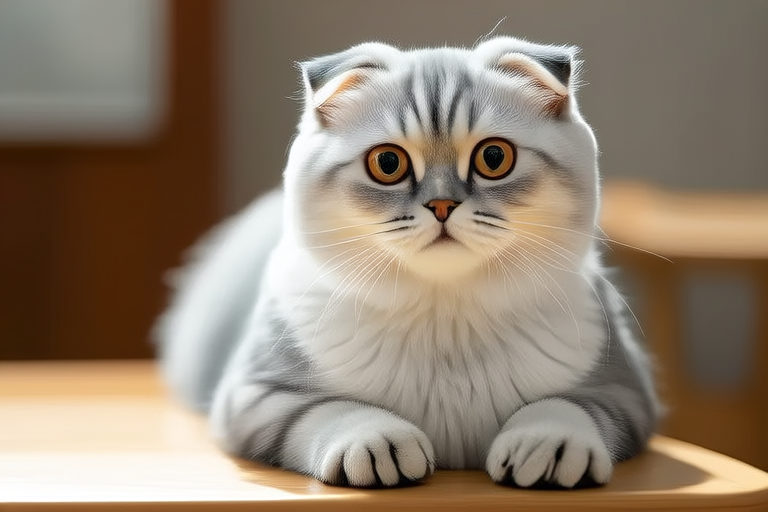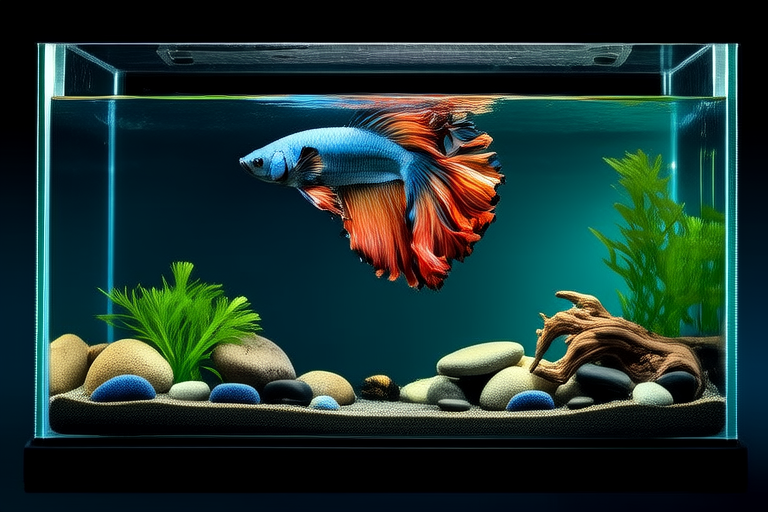
The Ultimate List of Foods That Will Make Your Bearded Dragon Thrive
Ensuring your bearded dragon enjoys optimal health and growth requires a well-balanced diet rich in essential nutrients. As responsible pet owners, it’s crucial to understand the dietary needs of our scaly companions. A balanced diet not only promotes longevity but also enhances their immune system, aids in digestion, and supports overall vitality. This comprehensive guide lists primary, calcium-rich, and occasional treat foods that will help your bearded dragon thrive. We’ll also discuss toxic foods, common feeding mistakes, and provide tips on meal planning and transitioning new foods into your pet’s diet.
Primary Foods: The Staple Diet
These are the main components of your bearded dragon’s diet, providing the necessary vitamins and minerals for daily sustenance.
- Leafy Greens: Kale, collard greens, mustard greens, and turnip greens offer high levels of vitamins A, C, and K, crucial for bone health and immune function. Wash thoroughly before serving. Avoid spinach and iceberg lettuce due to their low nutritional value.
- Corn: Provides carbohydrates and fiber. Steam or boil lightly to soften the kernels.
- Zucchini: Offers hydration and vitamins A and C. Slice thinly and serve raw or lightly steamed.
- Bell Peppers: Rich in vitamin C and antioxidants. Dice into small pieces and serve fresh.
- Broccoli: High in fiber and vitamin C. Chop into small florets and steam lightly.
- Carrots: Excellent source of beta-carotene, which converts to vitamin A. Peel and grate finely before serving.
- Mushrooms: Provide B vitamins and selenium. Boil briefly and slice thinly.
- Green Beans: Supply vitamins A, C, and K. Steam until tender.
- Okra: Aids digestion and is rich in vitamin C. Steam lightly and chop into small pieces.
- Cabbage: Contains vitamins C and K. Shred finely and mix with other vegetables.
Calcium-Rich Foods: Essential for Bone Health
Bearded dragons require calcium for strong bones and muscle function. These foods are vital for maintaining their skeletal health.
- Romaine Lettuce: High in calcium and vitamin A. Rinse well and serve fresh.
- Kale: In addition to being a staple green, kale provides significant amounts of calcium. Prepare as mentioned earlier.
- Dandelion Greens: Extremely rich in calcium. Pick from pesticide-free sources or grow them yourself.
- Bok Choy: Offers calcium and vitamin A. Steam lightly and chop into bite-sized pieces.
- Fennel: Provides calcium and fiber. Slice thinly and serve raw.
- Spring Greens: Like romaine, these greens are excellent for calcium. Wash and serve fresh.
- Turnip Greens: High in calcium and vitamin A. Prepare as recommended for leafy greens.
- Mustard Greens: Another excellent source of calcium. Serve raw or lightly steamed.
- Parsley: Contains calcium and vitamin C. Sprinkle over meals or serve fresh.
- Collard Greens: High in calcium and vitamin K. Prepare as with other leafy greens.
Occasional Treats: For Special Occasions
Treats can be given sparingly to reward your bearded dragon or add variety to their diet. However, moderation is key.
- Bananas: Rich in potassium and vitamin C. Peel and slice into small pieces.
- Grapes: High in antioxidants. Seedless grapes are preferable. Wash and serve whole.
- Blueberries: Packed with antioxidants. Rinse and serve fresh.
- Strawberries: Good source of vitamin C. Remove stems and serve whole or sliced.
- Apple Slices: High in fiber. Remove seeds and core, then slice thinly.
- Pineapple: Contains bromelain, which aids digestion. Peel and core, then slice thinly.
- Mango: Rich in vitamins A and C. Peel and dice into small pieces.
- Papaya: Aids digestion and contains vitamin C. Peel, seed, and dice.
- Watermelon: Hydrating and rich in vitamin A. Remove seeds and rind, then serve in small pieces.
- Plums: High in vitamin C. Pit and slice into quarters.
Toxic Foods to Avoid
Some foods can be harmful or even fatal to bearded dragons. Always research before introducing new foods to your pet’s diet.
- Avocado: Contains persin, which can cause heart damage.
- Onions and Garlic: Can lead to anemia.
- Chocolate: Toxic to reptiles due to theobromine.
- Tomatoes: The leaves and stems are toxic. Only feed ripe tomatoes occasionally.
- Iceberg Lettuce: Lacks nutritional value and can cause diarrhea.
Common Feeding Mistakes to Avoid
Understanding what not to do is just as important as knowing what to include in your bearded dragon’s diet.
- Avoid overfeeding; obesity can lead to health issues.
- Ensure all fruits and vegetables are washed to remove pesticides.
- Do not feed wild-caught insects as they may carry parasites or toxins.
- Always gut-load feeder insects with nutritious food before feeding them to your dragon.
- Use a multivitamin supplement, especially one rich in calcium, to support your dragon’s health.
Tips for Meal Planning and Transitioning New Foods
Proper meal planning ensures your bearded dragon receives a varied and balanced diet. Here are some tips:
- Introduce new foods gradually to monitor for any adverse reactions.
- Rotate foods weekly to provide a diverse range of nutrients.
- Keep a feeding journal to track what and how much you feed your dragon.
- Consult with a veterinarian if you notice changes in your dragon’s behavior or health.
- Ensure all foods are appropriately sized for your dragon’s mouth and digestive tract.
By following this guide, you’ll be well-equipped to provide your bearded dragon with a nutritious and balanced diet. Remember, a healthy diet is the cornerstone of your pet’s well-being. Enjoy watching your bearded dragon thrive!




